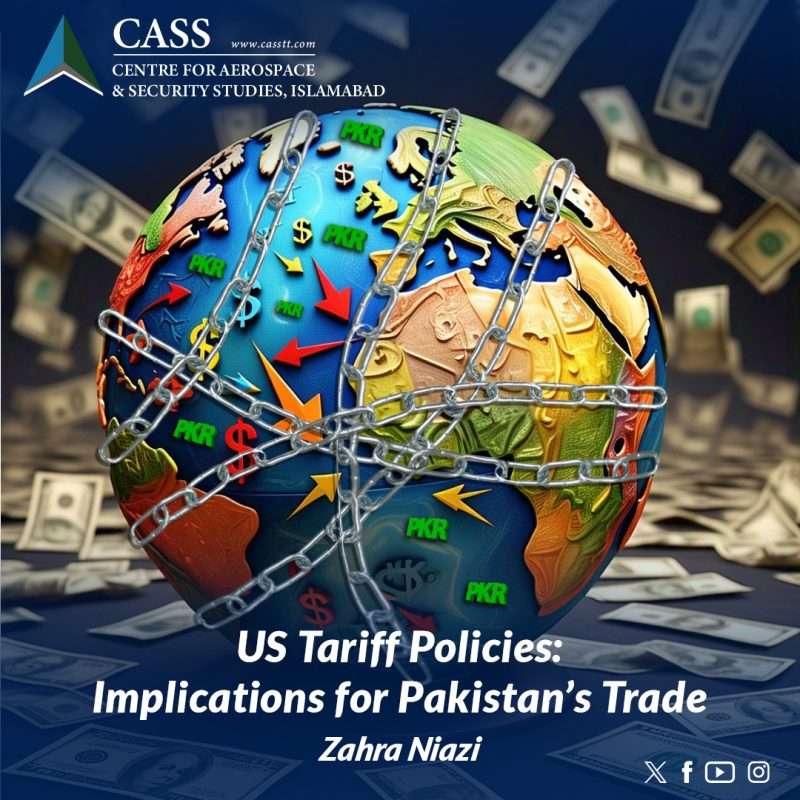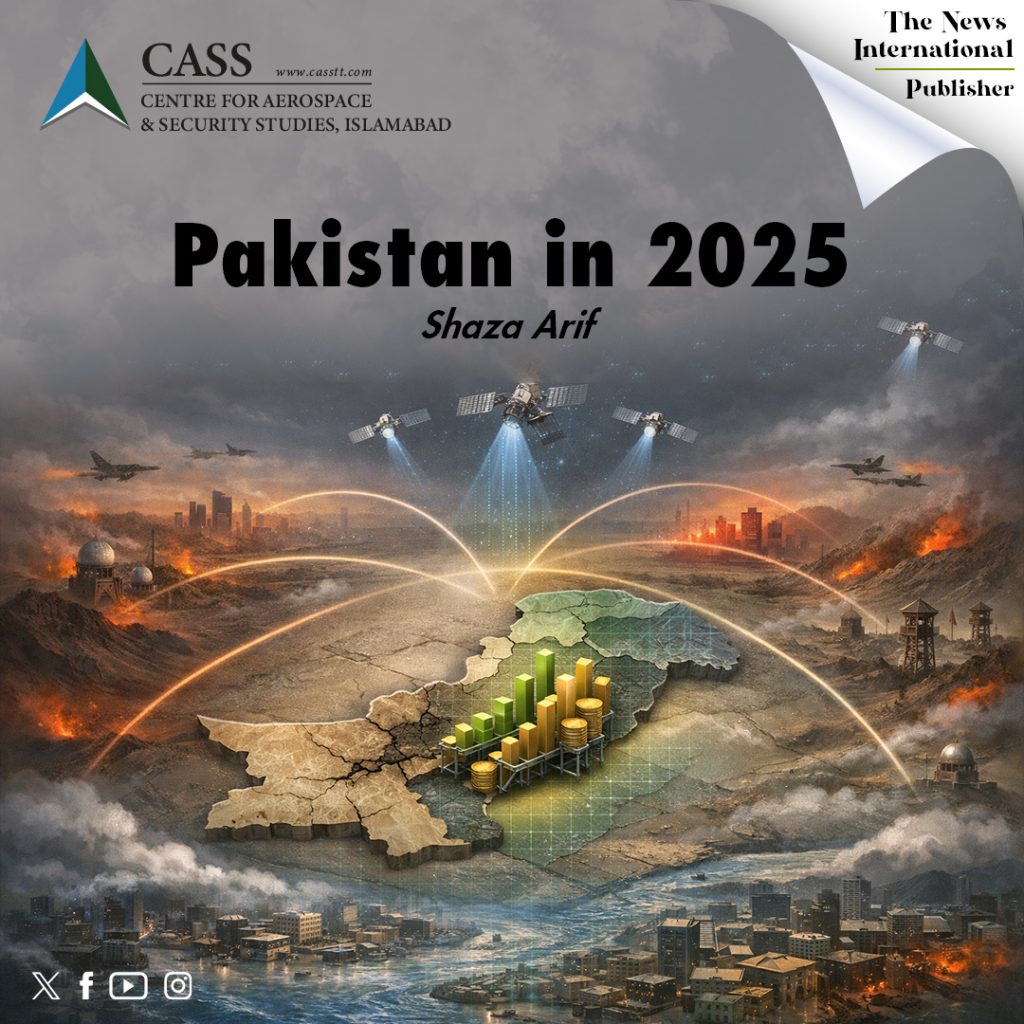Less than two weeks into his second term, President Donald Trump followed through on his promise to use tariffs as an instrument of US economic policy.
On February 1, 2025, the US administration announced a 25% tariff on imports from Canada and Mexico and a 10% tariff from China, justified as necessary to address illegal immigration and drug trafficking. While a subsequent policy adjustment temporarily suspended planned tariffs on imports from Mexico and Canada for 30 days, tariffs on China have taken effect, except on low-value packages, until an adequate system is implemented to efficiently process and collect revenue from such packages. As expected, Beijing has responded by implementing a 15% levy on US LNG and coal and 10% on crude and farm equipment while imposing controls on rare earth exports. Moreover, President Trump has also hinted at the possibility of imposing tariffs on the European Union (EU) and reciprocal tariffs on many countries.
Given these evolving trade dynamics, there are apprehensions about how Pakistan, specifically its trade sector, may experience the impact.
With the price of goods subject to tariffs rising in importing countries (right now the US and China), buyers there are expected to look for alternative suppliers for cost-effective sourcing. Economists conceptualise this as trade diversion – the redirection of import sourcing from one trading partner to another. However, only a handful of countries benefit from the new market opportunities created by trade diversion. The US-China trade dispute during the first Presidency of Donald Trump serves as a case in point. As India and Bangladesh, among some other countries, stepped in to fill the void in the American market, their exports to the latter increased by 39% and 50%, respectively. In comparison, Pakistan’s exports to the US decreased by 3%.
India has a relatively diversified export profile, with its goods exports spread across various items, from textiles and pharmaceuticals to petroleum products and electronics, allowing it to quickly capitalise on new market opportunities. While Bangladesh lacks a diversified export base, it has a relatively well-established textile and garment industry and a strong foothold in the global apparel market, positioning it among the preferred substitutes for sourcing imported apparel if a void emerges.
Pakistan’s export profile, much like Bangladesh’s, lacks diversity. For reference, in the first half of this fiscal year, textiles and textile articles accounted for over 50% of the total exports, according to data from the State Bank of Pakistan (SBP). Vegetable products followed with an approximately 15% share, mostly from cereal exports. However, despite having some strength in the textile sector, structural issues, including high energy costs and infrastructural inefficiencies, limit its global competitiveness by increasing production costs and reducing the scalability and reliability of the sector. More recently, withdrawal of sales tax exemption on local supplies for export manufacturing has amplified challenges for the textile sector.
Besides, Pakistan’s exports also heavily rely on few market destinations. In the first half of this fiscal year, three economies, including the US, China, and the UK, accounted for over 30% of Pakistan’s total goods exports. This implies that a weakening of demand due to a potential slowdown in the American or Chinese economies following the trade conflict can reduce Pakistan’s total export, especially if it cannot leverage the opportunities created by trade diversion. Moreover, any imposition of reciprocal tariffs on Pakistan by the US could entail additional implications for the country’s export performance in the American market, depending on their severity and tariffs on competitor nations.
Contrarily, it is possible that weakened global demand due to trade conflict reduces commodity prices and benefits Pakistan’s export sector from cheaper input costs. A slowdown in the Chinese economy can also lower import costs for Pakistan. Beijing remains Pakistan’s top importing partner, with Chinese imports accounting for approximately 27% of Pakistan’s total imports in the first half of this fiscal year. Additionally, Pakistani exports can also get a boost if businesses from China plan to relocate to Pakistan to avoid high export tariffs from the US.
Pakistan must adopt a targeted and proactive approach to ensure that trade growth remains the dominant outcome amid the shift in global trade dynamics. A ‘Global Trade Branding Initiative’ ought to be launched to promote Pakistani exports, positioning the country as a competitive supplier in global markets through participation in international trade expos, targeted diplomatic outreach, and digital marketing for key industries. The aim should not only be to leverage emerging market opportunities due to tariff measures but also to safeguard exports by reducing reliance on a few markets – ensuring that if trade with a particular country is disrupted, whether due to reciprocal tariffs, such as in the case of US, or weakened demand, exports can be redirected to alternative markets. Domestically, the government must ensure that exporters get consistent support, and businesses are facilitated to expand quickly and make products that global buyers need, especially in textile and manufacturing, while also enforcing national and international quality standards. Lastly, ensuring policy stability, law and order, and streamlined regulatory processes while offering incentive programmes will be vital to ensure a favourable business environment for relocating businesses.
Zahra Niazi is a Research Assistant at the Centre for Aerospace & Security Studies (CASS), Islamabad, Pakistan. The article was published in The News International. She can be reached at [email protected].





